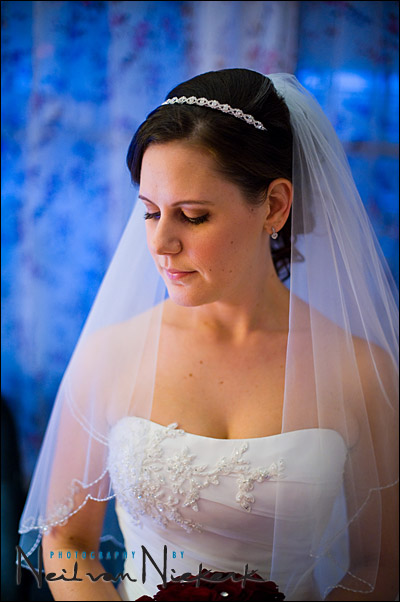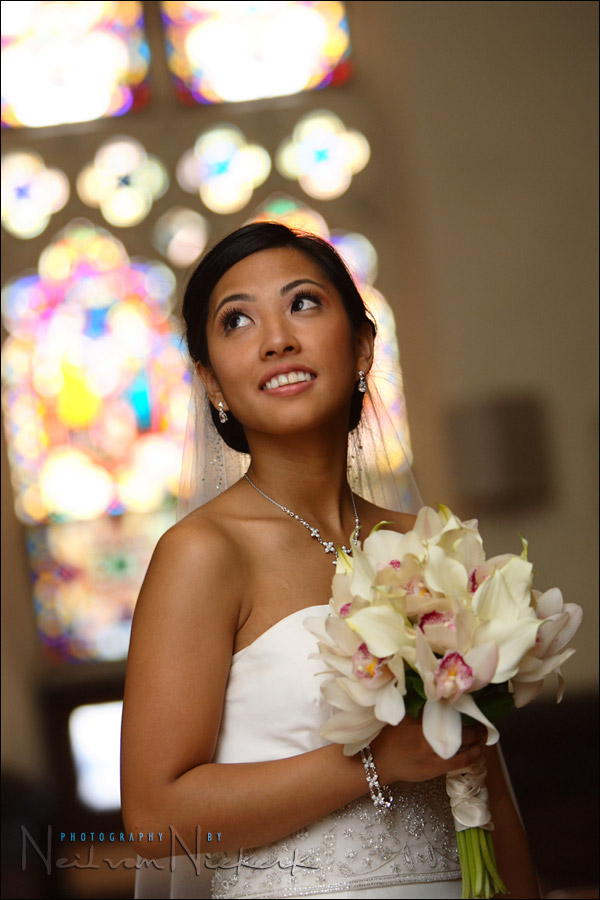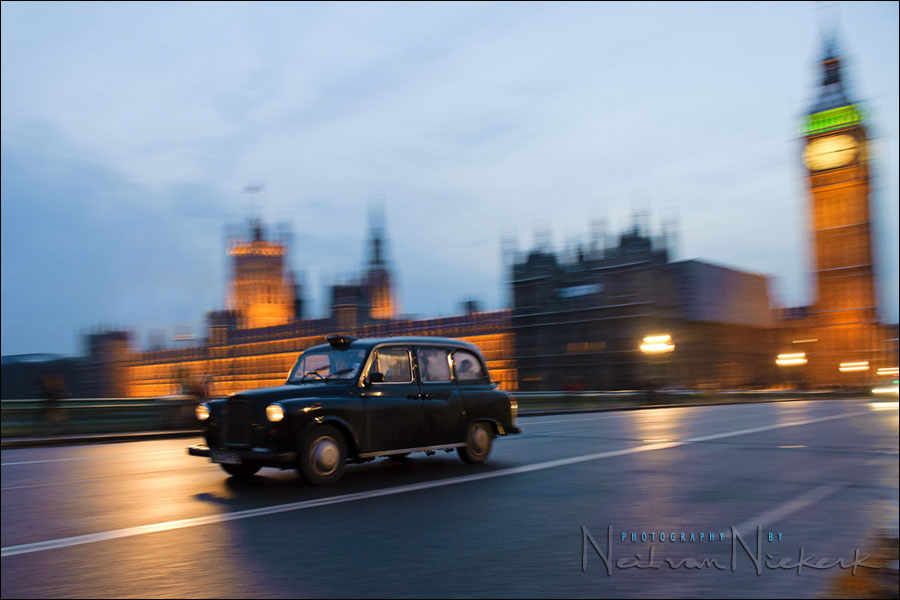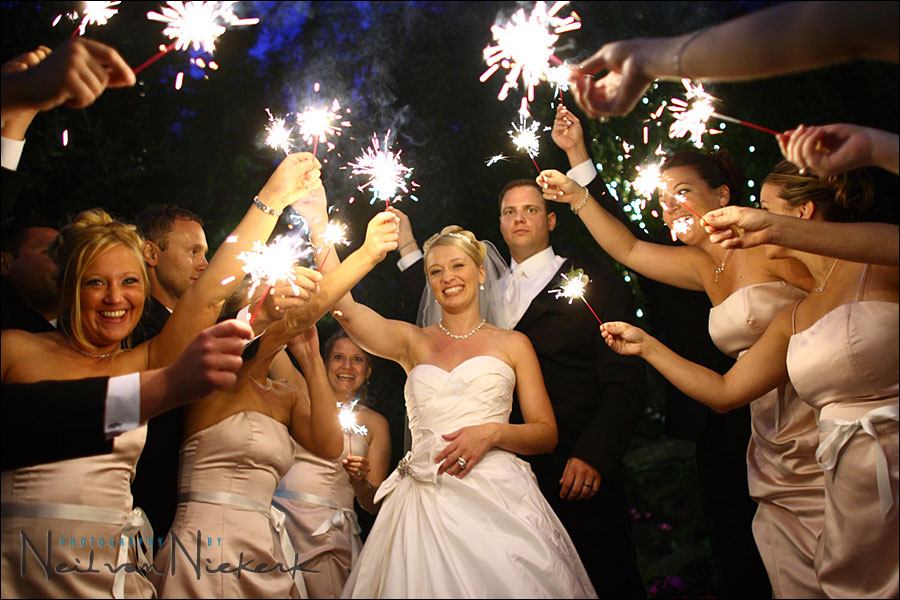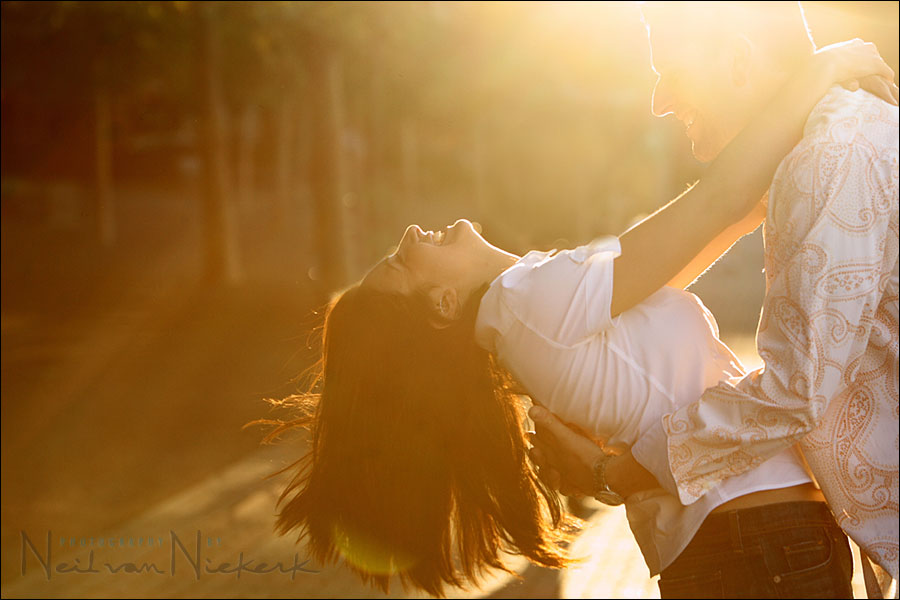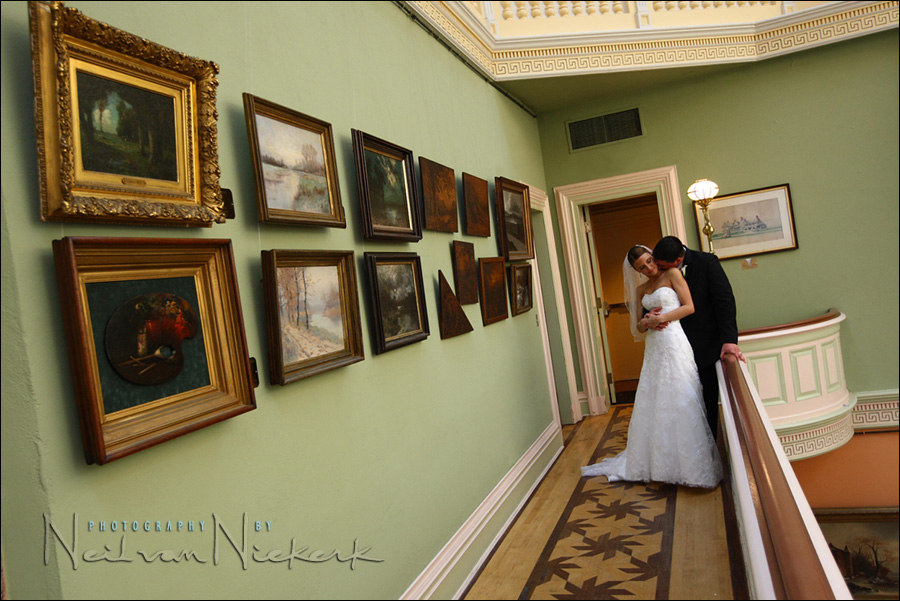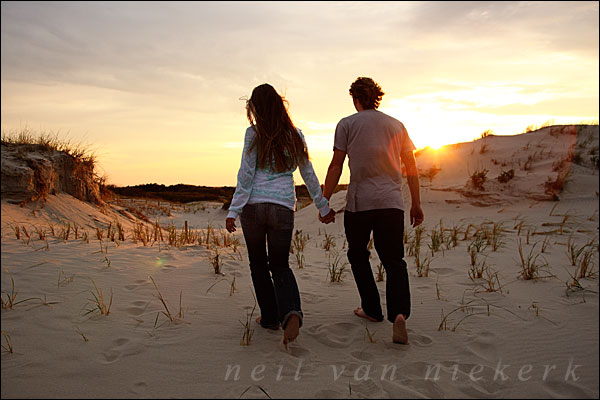tutorial: Maximum flash sync speed
tutorial: Maximum flash sync speed
In previous postings I have mentioned that the specific settings for a photo aren't often of direct value to us in figuring out the method of exposure. But the one setting that is of huge importance when using flash, is your camera's maximum flash sync speed. When the ambient light levels are low, then your shutter speed can vary appropriately, depending on what you want to achieve. But once you work in bright conditions, or have your subject against a bright background, then most often it just makes the best sense to work at maximum flash sync Read more inside...a little less gray ..
I love color. I see in color. I really favor color over B&W images. But strong B&W images do have impact that is often lost with the distraction of color. Even though most of the photographs on my wedding photography blog are in color, there was a recent wedding which I showed as a set of B&W images instead. What happened was that when I started editing the images from that wedding for the blog, first one image, and then another, looked really good as a warm-toned B&W … and then I decided to go all the way and create a blog entry that consisted only of B&W Read more inside...
Faster shutter speeds for sharper photos
Using faster shutter speeds for sharper photos
If your images are too soft, chances are it is because your chosen shutter speeds are too slow. A frequent complaint I see on the photography forums, is where the photographer say they used a shutter speed of 1/60th but still have blurry images. Somewhere along the way the urban legend seem to have arisen where 1/60th is that magic shutter speed where we will be assured of sharp images. But of course things are a little more complex than that. There is a rule of thumb which has it that the inverse of your focal length should give Read more inside...photographing sparklers
photographing sparklers
I've had a few people ask me about this image which I posted as the opening image of a slideshow of a recent wedding I photographed. The question was how I lit this, and if I had used flash. The answer is perhaps a very reassuring one .. I only used the light from the sparklers, and no flash was used. What helped here was that there were numerous sparklers, giving a fairly even light over the bridal party. The light from the sparklers is very short-lived, so you have to be all set to grab as many frames as you can when this opportunity arises. With Read more inside...from the hip …
Here is a simple technique which some of you might already know of - shooting from the hip without looking through the viewfinder. At weddings, when photographing the party and dancing during the reception with a wide-angle lens, I often don't hold the camera up to my eye. Instead I rely on the infra-red beam from the speedlight to show me what the camera is focusing on. Then, using the focus-lock-and-hold method, I keep focus and reframe the shot if needed. This way I can shoot from the hip without looking through the viewfinder, but still have images that are well composed. Here are Read more inside...
Using lens flare for that golden glow
Using lens flare for that golden glow effect
I've had some questions about images that I have posted which show a lot of lens flare, and specifically the image above. And the question also arose what kind of Photoshop actions or effects I used on that image. The answer is simple .. none. While that image isn't quite "straight out of the camera", it is (nearly) "straight out of the raw converter". Something I find myself doing quite often on days when I photograph in the sun, is to seek out the sun purposely in the frame of my camera .. and allow the sunlight to flare as a burst Read more inside...bouncing flash inside large venues
bouncing flash inside large venues - adding TTL flash to ambient light
One of the ideas that has been mentioned here previously, is when using on-camera flash indoors, to approach it with a studio mind-set where possible. Instead of bouncing flash upwards towards the ceiling, or even simply behind you, the idea is to think "where would I have placed my softbox if this were a studio?" Then it is simply a matter of pointing the on-camera flash in that direction, and flagging any spill light from the flashgun. I most often use a piece of black foam to flag my on-camera speedlight. Read more inside...flash and tungsten lighting
flash and tungsten lighting - gelling your flash for incandescent lighting
Flash, for me, is an essential tool in sweetening the available light and improving the quality of the existing light. I often see comments on the photography forums to the effect that with cameras like the Nikon D3 or Canon 1D mk3, where you have exceptional high-iso noise performance, that you don't need flash. The crucial point that is missed though, is that flash is not merely there just to use when the light is so poor that you can't stop any motion blur from your subject, or stop camera shake Read more inside...a raw element of style
During the portrait sessions with my couples, I try to maintain a fluid style of photographing them. Instead of rigidly posing I try to direct only a little, adjusting my position and my composition. I really want as natural looking and flattering portraits as I can, while getting a variety of images. For these reasons I move around a lot while shooting ... and I often try to get some lens flare on purpose. I love the way the image warms up and the flare creates pools of light within the image. This is an unpredictable effect, but when it works, I feel that the flare adds something Read more inside...
- « Previous Page
- 1
- …
- 11
- 12
- 13
- 14
- 15
- 16
- Next Page »
